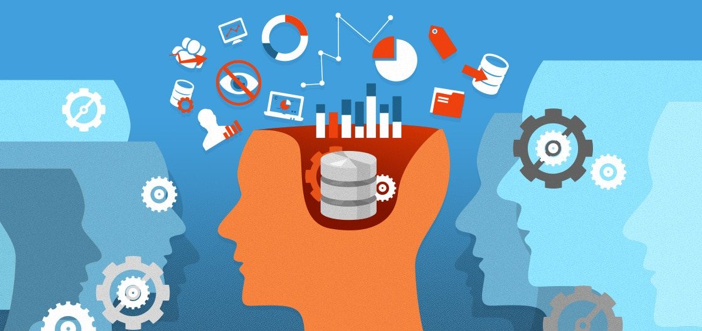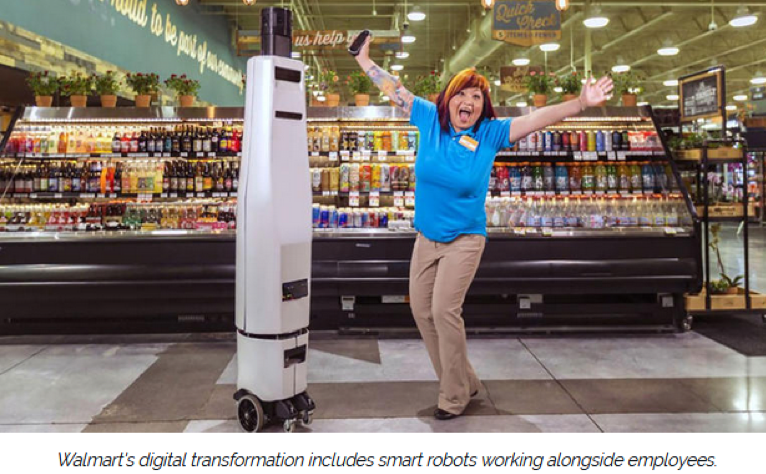
Inside the EU funded project IE3 (EAC-A03-2018-KA), it has been identified as a significant gap related to the proper integration of digital tools like,
- Advanced Simulation,
- Industrial Internet of Things,
- Big Data and Analytics,
- Augmented reality,
- Additive manufacturing,
- Autonomous robotics,
- Cybersecurity.
to the context of the organizational design of companies. Instead, these tools are used under their technological dimension to be applied in practical cases. However, they can bring additional insights enabling alignment between the activities and its design.
With advances in digital technology, several waves of digitalization have fundamentally transformed business and society: The first wave focused on technologies replacing paper with computers, leading to higher automation in work routines. The second wave foster Internet as global communication infrastructure, resulting in changes to the firm’s value creation logic and new types of businesses. Finally, the third wave, continue miniaturization, combined with ever-increasing processing power, storage capacity, enabling new business models and new ways of servitization of products.
Most of activities are related to the integration of manufacturing with product design, like can be inferred in Chen, Y. (2016). https://www.sciencedirect.com/science/article/pii/S2452414X16300073
On the other side, Industry 4.0 provides new paradigms for the industrial management of SMEs. This concept appears more flexible and less expensive than traditional enterprise information systems such as ERP and MES, as it enables a more flexible set of technologies, as stated in Moeuf, et al. (2018). https://www.tandfonline.com/doi/abs/10.1080/00207543.2017.1372647.
Further research is needed, however, to link these technologies to the decision making in organizational design. Indeed, this is a topic not very common in the education of future industrial engineers.
Another aspect to be further analyzed is the integration of human and robotic resources in a seamless cooperative environments, where each of them can support the other.


